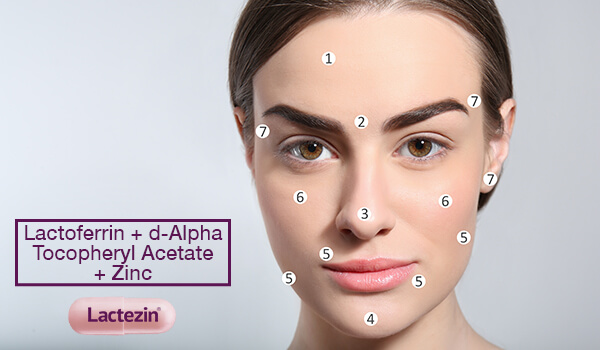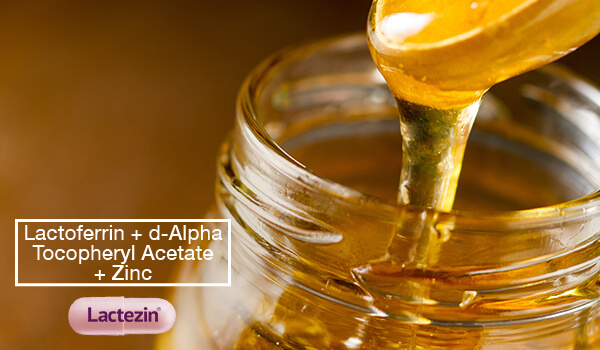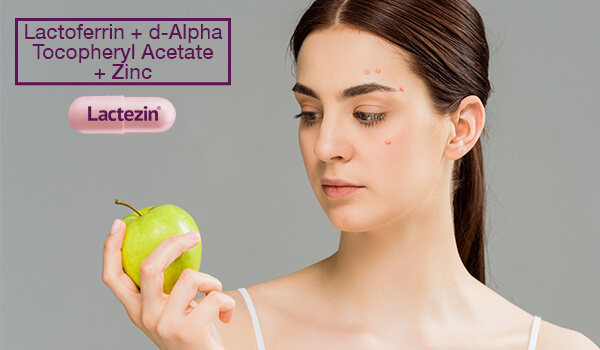Acne Up Close: The Life Span of a Breakout
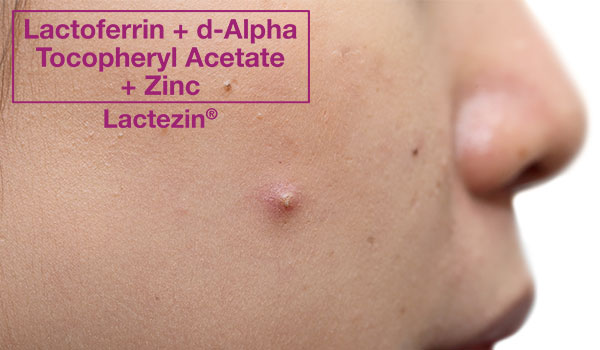
When acne makes an unwanted appearance, the first thing we look up is how to get rid of it, fast. But while we’re so preoccupied with spot-treating and trying not to pop it, rarely do we stop to think about what acne actually is.
We probably already have an idea what causes pimples but in order to treat the problem properly, it’s important to– quite literally– get to the root of it. Here we break down what makes a pimple a pimple, from how it is formed to how it grows and how it eventually dies.
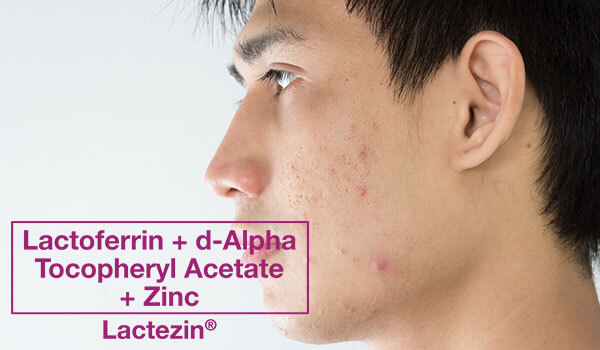
How acne is formed

It may come as a surprise that blemishes can form weeks and even months before they become visible. Most infected blemishes are formed because of pre-existing blackheads and whiteheads, which consist of hardened oil (sebum) clogging the pores. These become inflamed due to the dead cells that line the hair follicle and create bacteria. When all is working well, oxygen can flow freely through the pore. But when there is a blockage, a pimple is born.
Basically, the combination of oil-clogged pores and dead skin cells creates the perfect storm for pimples to appear.
Stage 1: Birth
- The sebaceous glands in the pore increase oil production.
- The oil hardens and clumps together. This keeps it from flowing easily through the pore.
- The surrounding dead skin cells build up in the pore. Mixed with the oil, it creates a blockage. At this point, oxygen cannot enter the pore.
Stage 2: Growth
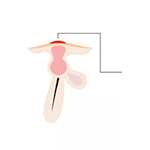
- Without oxygen entering the pore, bacteria grows inside, creating an infection.
- The skin ruptures. This creates a red bump called a papule.
- The body tries to destroy the infection by sending an army of white blood cells.
Stage 3: Death

- The white blood cells die and build up in the pore, along with fluids and other debris. This creates a pustule, a pus-filled whitehead.
- Eventually, the infection heals on its own, leaving a scab. Scars form when the dead cells of the scab dissolve.
- Healthy cells replace the dark cells of the scars over time and the skin returns to its clear state.
Of course, not every pimple follows these stages to the letter. Like in the case of cystic acne, the cysts follow the same process as pustules, only they occur deeper in the skin. You will still need to determine the type of acne you have in order to treat it properly.
You don’t have to wait for acne to clear on its own. Talk to your dermatologist about which treatment is best for the type of acne you have.
If symptoms persist, consult your doctor.

Click here to learn more about Lactoferrin + d-Alpha Tocopheryl Acetate + Zinc (Lactezin): how Lactezin® works
SOURCES:
https://www.verywellhealth.com/how-acne-forms-1069176
https://oureverydaylife.com/life-cycle-of-a-pimple-12207819.html
